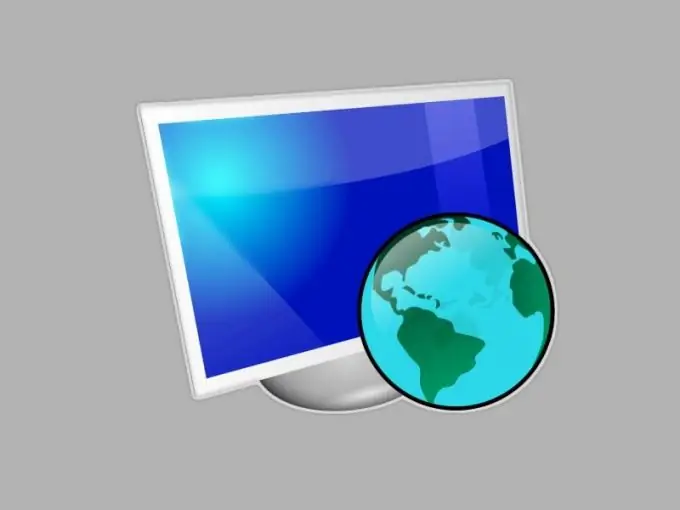- Author Lauren Nevill [email protected].
- Public 2023-12-16 18:48.
- Last modified 2025-01-23 15:15.
Sometimes webmasters use editors installed on local machines to create websites. They are more convenient than the editors built into the web interface, but they do not provide automatic saving of the created pages to the server. It has to be done manually.

Instructions
Step 1
Log in to the web interface of the hosting you are using using the username and password you received when registering on it. Find the link "Download files" or similar, and then click on it. If you created any folders while working on a set of files for the site, organize a similar folder structure on the server. To do this, use the button of the web interface called "Create folder".
Step 2
If there are few files, transfer them to the server one at a time. To do this, first go on the web interface to the folder where the file should be located, and then click the "Browse" button. In the window that appears, select the local folder, and in it the file. Click "OK" and the window will disappear. Now click the Download button. Repeat these steps until the server has a complete copy of the local fileset for the site.
Step 3
If you have a large number of files, it is more rational to download them not one at a time, but simultaneously. Some hosting providers provide the option to use a Flash downloader for this. For it to work, install Flash Player (if not already done). Click the Multi-Download, Flash Download, or similar button. Select the files that you want to download with the mouse, click the "OK" button, and their download will start automatically.
Step 4
Another way to download a large number of folders at the same time is to archive them. First, make sure your hosting provides this option. Look for a link titled "Multiple zip download" or similar. Remember that if you try to download the archive as a regular file, it will be stored on the server unchanged. Create an archive in a format supported by the server, such as ZIP. The structure of folders inside it must exactly repeat the desired structure on the server. After making sure that you are in the section of the web interface intended for downloading archives, and not individual files, click the "Browse" button, select the file with the archive, click "OK", and then - "Download".
Step 5
In addition to the web interface, FTP can be used for single or multiple file uploads. Note that the browser can only download files from FTP servers, not upload them there, so you need a program called an FTP client. Some file managers, such as Midnight Commander and FAR, are also provided with FTP client functionality. First, find out if this download method is supported by the hosting you are using. Then, using the menu item designed to connect to such a server (its location depends on which program you use), enter your remote folder under the username and password given to you during registration. Copy the files to the server keeping the folder structure. In file managers with FTP client functionality, remote folders look the same as local folders. Then don't forget to disconnect from the server.






